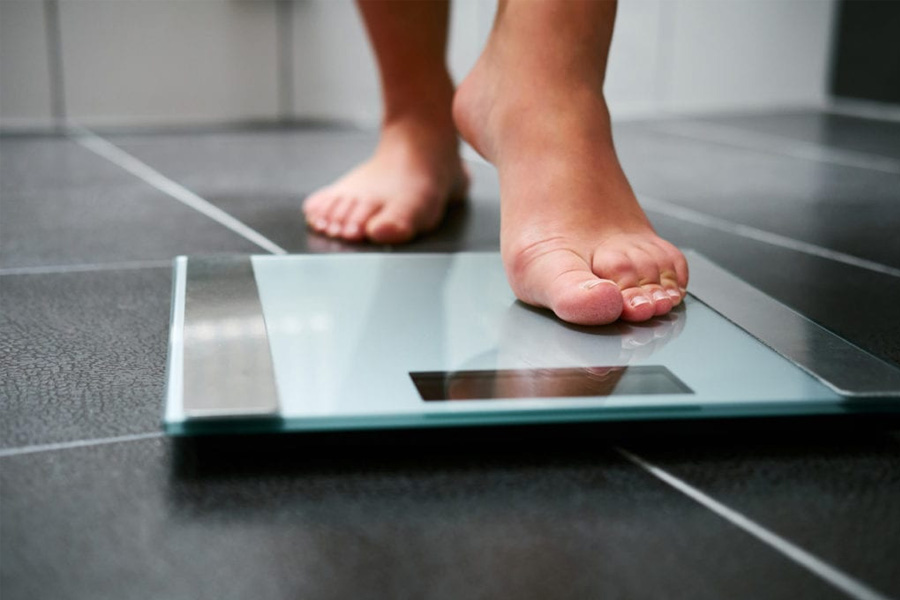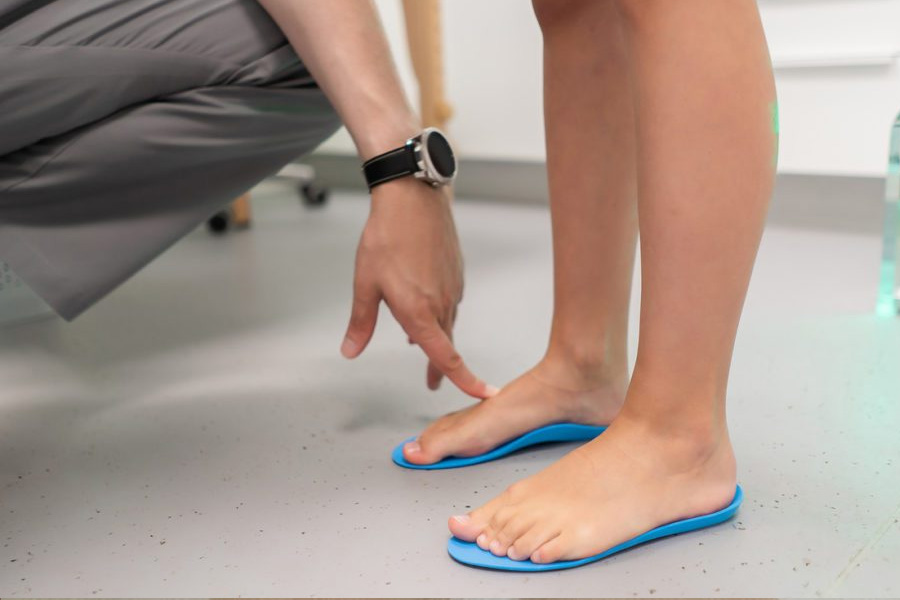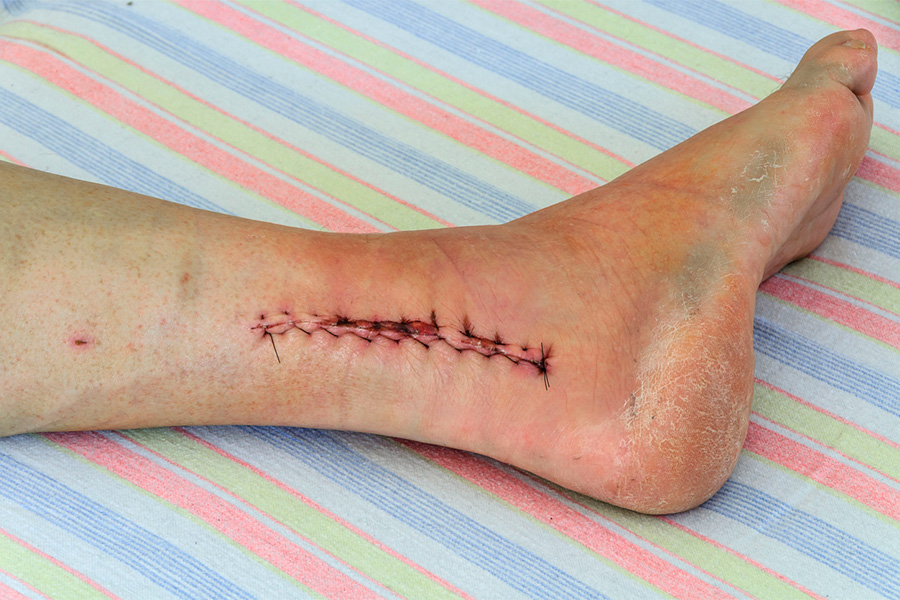Heel pain is very common. Most often, it occurs under or at the back of the heel, although it can also affect the sides of the heel.
Plantar fasciitis is the most common cause of pain felt under the heel. Achilles tendonitis is the most common cause of pain felt at the back of the heel. Other causes of heel pain include arthritis, infection, heel spurs, fractures, autoimmune disorders, or neurological problems.
When you experience heel pain, you may have difficulty walking or running, which may result in sharp pain or a pins-and-needles sensation. You may also experience a dull ache when you try to engage in weight-bearing physical activities.
How to Deal With Heel Pain
If you are experiencing heel pain, there are several ways to deal with the pain and discomfort you are feeling. Listed below are some of them:
- Rest as much as possible. If you love to walk and you’ve overdone it recently, rest is an excellent way to help your heel recover naturally.
- Wear proper footwear. Always wear shoes that are comfortable and fit well. Avoid flat shoes and worn-out shoes. It is also good to consider avoiding walking barefoot inside the house, as this also can lead to heel pain.
- Ice your feet. Place a frozen bottle of water under your feet. Roll your feet over it for 5 minutes to ease the pain. You can also opt to use an ice pack against the bottom of your foot for 15 minutes, three times a day. It is also advisable to use ice on your heels after strenuous activity.
- Wear a splint. Wearing a night splint can help ensure your foot and ankle is in proper position while you rest.
- Use heel lifts or shoe inserts. Using heel lifts or shoe inserts can help relieve or reduce heel pain.
- Take anti-inflammatory drugs. Anti-inflammatory medications can alleviate pain caused by swelling in the area of your heel.
- Get physical therapy. Physical therapy can teach you how to properly exercise to alleviate pain related to plantar fasciitis and Achilles tendonitis. PT can also help strengthen the lower leg muscles, which can stabilize the heels and the ankles and protect against future injury.
- Try shock wave therapy. This unique noninvasive treatment, extracorporeal shock wave therapy (ESWT), sends sound waves that stimulate and enhance metabolism and blood circulation, accelerating healing in the area. ESWT is used to successfully treat plantar fasciitis and other tendon problems.
- Use custom orthotics. Specially designed inserts, braces, or other devices offering orthopedic support often can alleviate heel pain – without having to resort to surgery.
- Have surgery if needed. If your heel pain gets worse and no treatment mentioned above works, then surgery may be an option for you. The type of surgery performed will depend on the cause of your heel pain.
Heel Doctors in Cincinnati, Ohio
If you experience discomfort or pain in the heels, you’ve come to the right place. The podiatrists at Cincinnati Foot & Ankle Care (CFAC), among the best in the region, are at your service. And with our experienced, highly qualified surgeons, CFAC can provide state-of-the-art care for all your foot concerns. Contact the pros at Cincinnati Foot and Ankle Care today to make your appointment at one of our 18 convenient locations across southwest Ohio.





